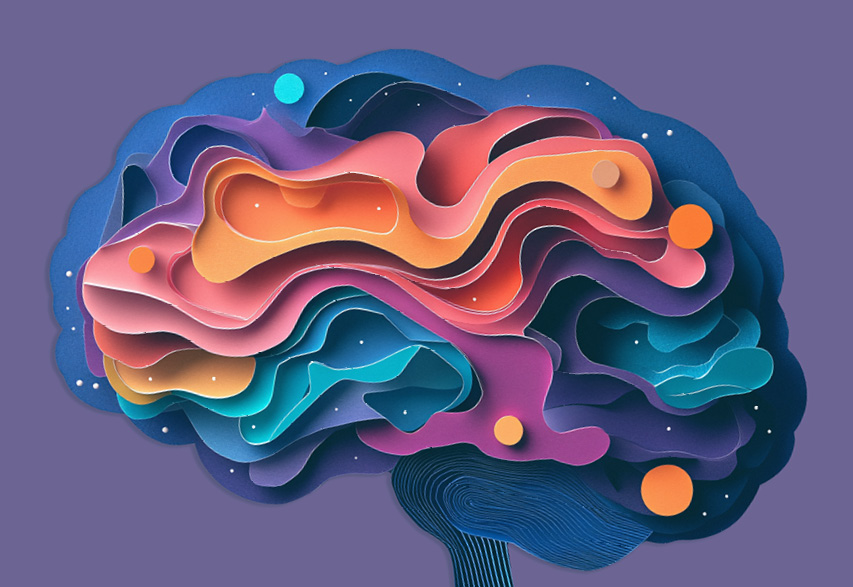Creating an inclusive workplace takes a holistic approach. Examining the fine detail and the big picture, from the tools provided to the processes in place. Last year, as part of our disability inclusion program, we put together a working group to see how Thoughtworks could improve things across the entire employee journey for our neurodivergent community.

The first step in our efforts was to gather a group of neurodivergent Thoughtworkers to get first-hand feedback and insights on their experiences. Our working group was composed of people from all walks of Thoughtworker life—different departments and roles, age groups, experience levels and nationalities.
The group focused on analyzing the existing Thoughtworker Journey Map. Created and used by the People team, the map lays out the processes, people and activities involved in all stages of employment at Thoughtworks—from attracting candidates, the hiring process and onboarding, to leadership development and becoming an alumni.
Journey mapping is an incredibly useful research tool, but mapping a ‘typical’ user journey can produce one-size-fits-all results. Bringing a neurodiversity lens to the map allowed us to identify real-world pain points that only become evident off the page. Fran Ruiz-Tagle, Experience Designer in Chile, who took part in the initiative, put it like this:
“Struggling in certain environments doesn’t mean you’re broken. It just means those spaces weren’t designed for neurodivergent brains.”
During a series of workshops, several key issues were identified, including: ambiguity in job descriptions, difficulties setting goals for career progression, people finding performance reviews stressful, and a lack of clear processes to seek accommodations.
The team then categorized the issues into common themes, alongside proposed solutions, to share with communities and leadership. A prioritization exercise followed, where factors including ease of implementation, potential impact and budget were applied to each issue, providing a structured path to implementation (this was not just a hypothetical exercise).
To date, outcomes include:
More clarity in job descriptions.
A new approach to performance reviews, reducing the frequency from twice to once per year, providing more guidance and clarifying the number of feedback inputs required.
Updates to some of the tools we use. For example, we’ve switched our Expenses tool provider to Certinia, which is built on the Salesforce platform — a provider deeply committed to accessibility. Certinia’s native build within Salesforce eliminates the need for middleware and provides a unified, user-friendly experience.

Another finding from the analysis was a lack of visibility and awareness of the neurodivergent community within the business. Proposed solutions included organization-wide education, as well as tailored training and support structures, such as access to professionally trained coaches.
One initiative, kicked off in 2024, that supports the goal of raising awareness is #ClientLife, a series of bite-sized weekly content that sets out ways to improve team connections and make sure that everyone has the tools to perform their best. Normalizing regular micro-check-ins and tools for expressing mood / mental load can be really helpful for the neurodiverse community.















